News Desk
A new study published in the Journal of Psychopharmacology reveals a surprising link between mystical experiences induced by the psychedelic compound DMT and specific patterns of heart activity.
For the first time, a black hole has been discovered with two orbiting stars, leading astrophysicists to suggest a surprising way such systems could form. The first triple system is described in a paper published in Nature…

The first-ever use of cutting-edge drone-based lidar in Central Asia allowed archaeologists to capture stunning details of two newly documented trade cities high in the mountains of Uzbekistan.
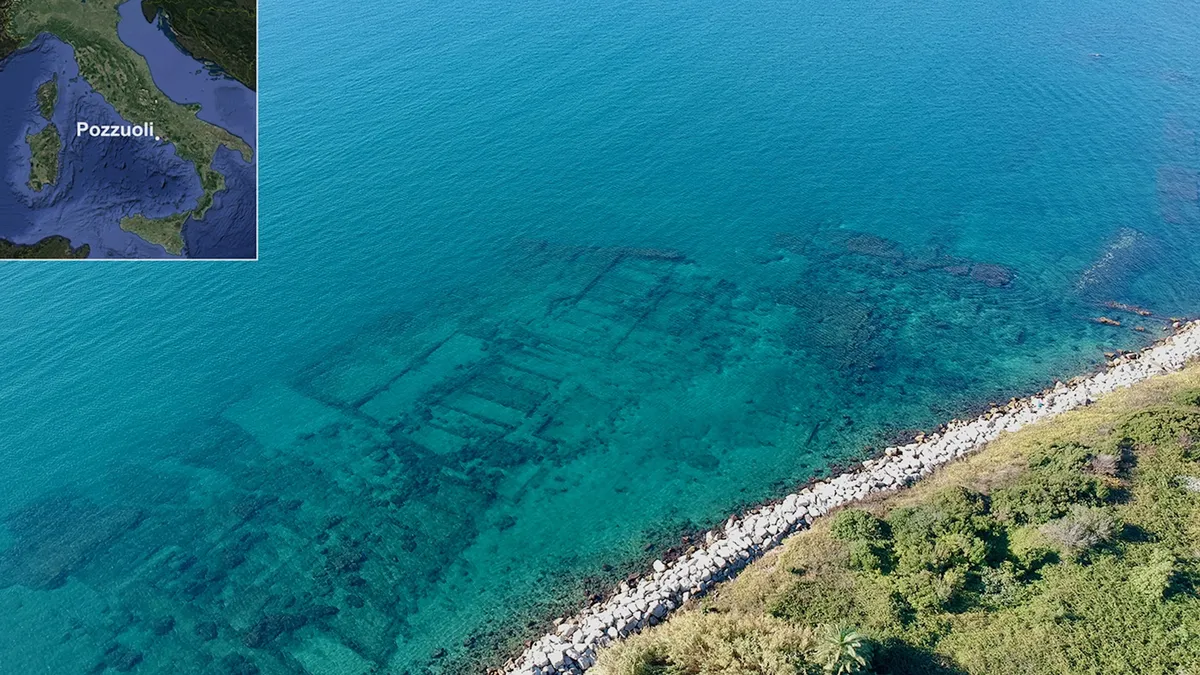
Archaeologists have discovered ancient altars and inscribed marble slabs submerged along the Italian coast near Naples….The study was published Sept. 12 in the journal Antiquity.

It’s possible that the wheel was invented by copper miners in the Carpathian Mountains up to 6,000 years ago, according to a modeling study that uses techniques from structural mechanics.
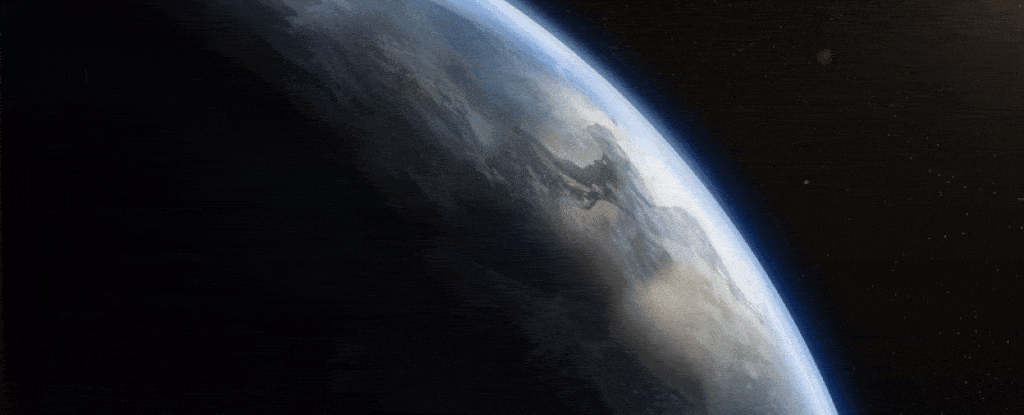
Meteorites have a pretty bad reputation. The most recent major impact with our planet was – to be fair – pretty devastating, wiping out a good three-quarters of all animal species on the planet. But a much, much larger impactor, much longer ago, may have had the opposite effect. The research has been published in the Proceedings of the National Academy of Sciences.

…Over one hundred Shipibo-Conibo Onanyabo, or ancestral medicine healers, from the Ucayali region of Peru…met in July to discuss the future of spiritual tourism, the defense of traditional knowledge, and the protection of the forest and Indigenous territories. One of the main takeaways from the meeting was ayahuasca is under threat of extinction.
Elephant fossils from 300,000–400,000 years ago bear the marks of the earliest signs of ancient humans butchering animals in the Indian subcontinent… The identity of the elephant species and the interaction with ancient humans are detailed in two papers published in the Quaternary Science Reviewsand the Journal of Vertebrate Paleontology.

One of the brightest stars in the night sky, Betelgeuse, may not be on the brink of exploding as a supernova, according to a new study of the star’s brightening and dimming. Instead, recent research shows that the observed pulsing of the starlight is probably caused by an unseen companion star orbiting Betelgeuse.

New, non-hallucinogenic versions of psychedelics are blurring the boundaries of the drug trip.
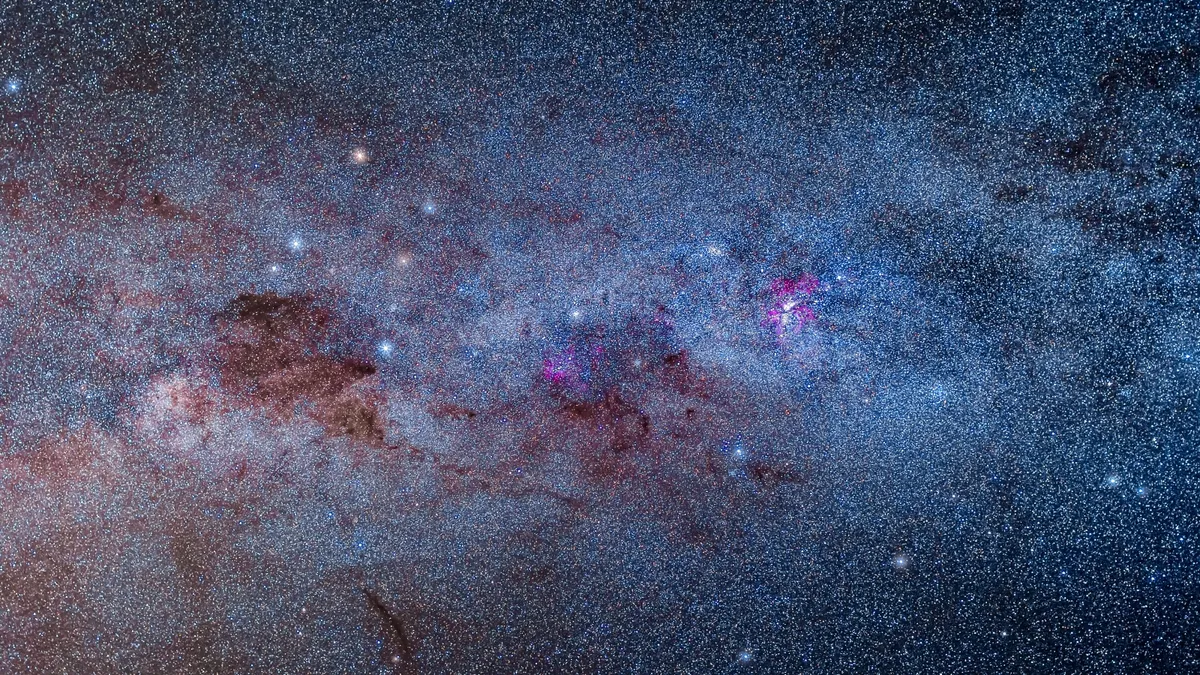
A probabilistic new map of the universe surrounding the Milky Way reveals that our galaxy is likely part of an even larger “basin of attraction” than we previously assumed. See the study here.
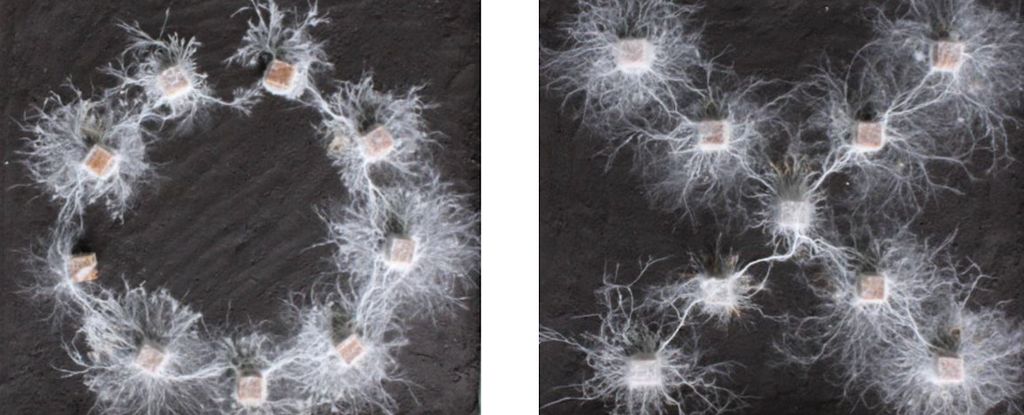
An ability to sense and respond to the world is vital for the survival of most organisms, but methods of perception can vary significantly. We tend to think of animals as the most gifted in that regard… but a species of fungus is offering a challenge to what we think we know about intelligence. The research has been published in Fungal Ecology.

Researchers at the University of Toronto have cracked the code of plant-to-fungi communication in a new study published in the journal Molecular Cell.

East Forest’s new documentary explores how music acts as an anchor during transformative healing experiences. See the official trailer here.
Hands capable of using tools might have evolved much earlier than previously thought according to a new study of Australopithecus finger bones. Findings of the study are published in the Journal of Human Evolution.
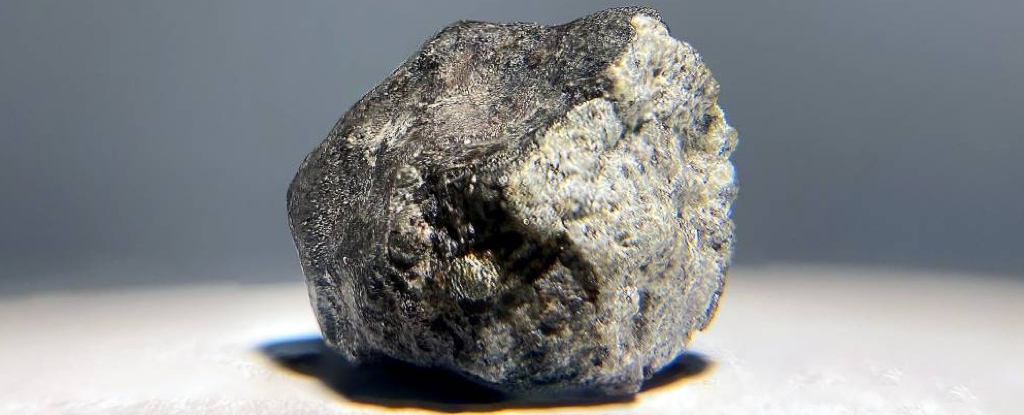
Until now, only a small fraction of meteorites that land on Earth had been firmly linked back to their parent body out in space – but a set of new studies has just given us compelling origin stories for more than 90 percent of meteorites today. The research has been published in Nature, here and here, and Astronomy and Astrophysics.








